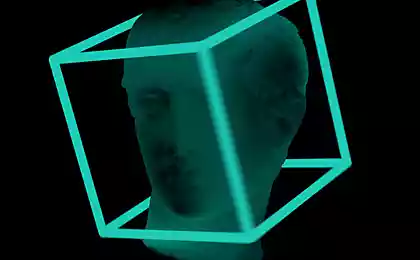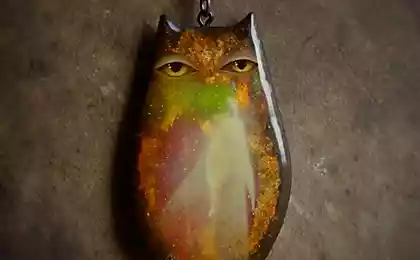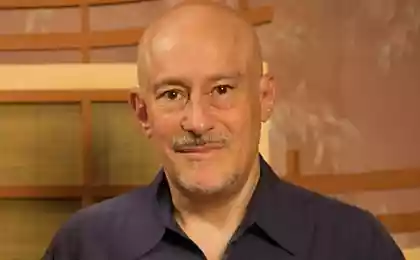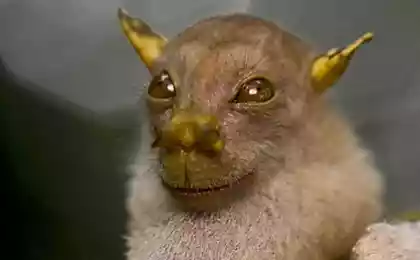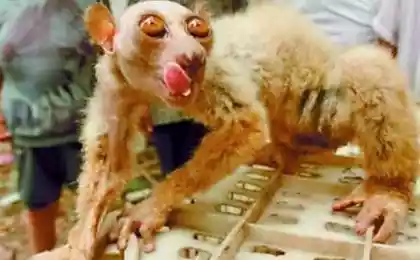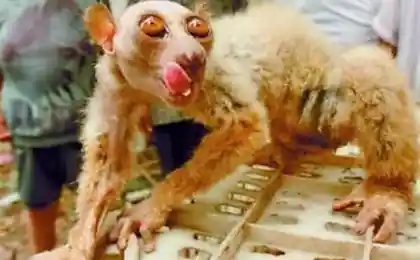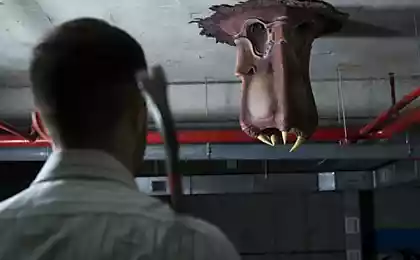893
What is a "stranger"
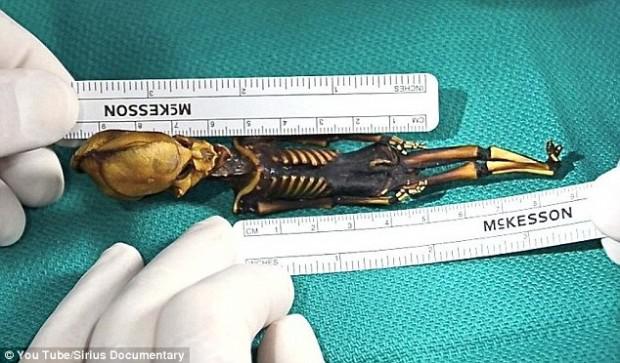
These remains, which immediately recognized the mummified alien from another planet, were perceived as indisputable proof of existence of extraterrestrial tsivilizatsiy.
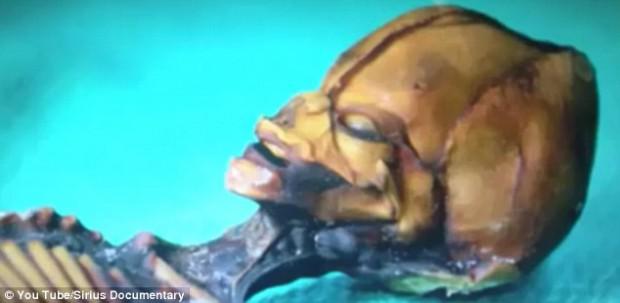
Ten years after the remains of 15-centimeter "alien" were first discovered, scientists have confirmed that they are "human." This statement was made by scientists at Stanford universiteta.
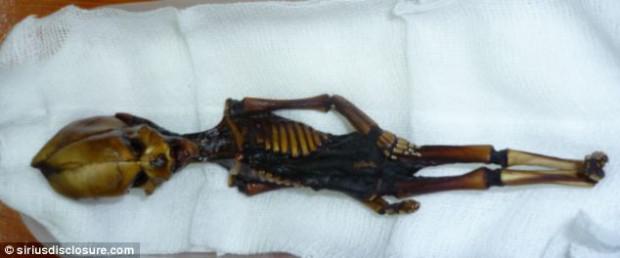
The remains of a small humanoid known as "Atacama Humanoid" were discovered in the Atacama Desert in Chile 10 years ago. Its origin has caused heated debate. Among theorizes heard speculation that the bones belong to a premature baby or a monkey to human, and perhaps even an alien who has crash landed on Zemle.
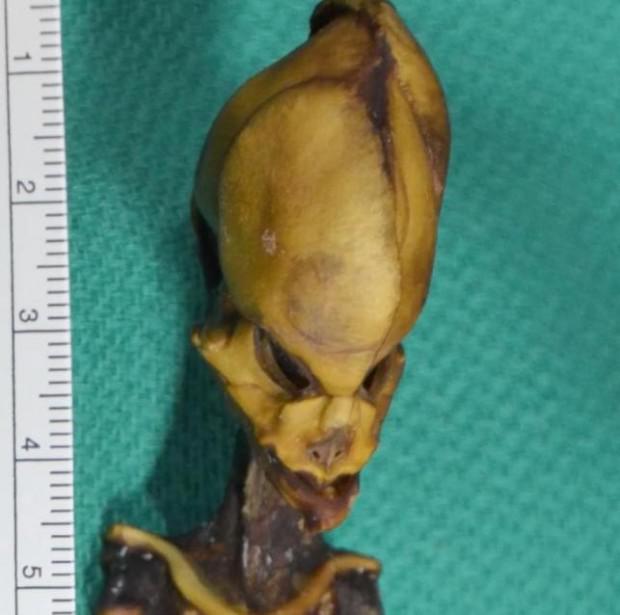
A few weeks before the premiere of the documentary "Sirius" among enthusiasts who believe in extraterrestrial civilizations, is growing confidence that the tape could be a major breakthrough in the search for extraterrestrial life. Experts say that a small skeleton is very similar to the way the aliens, who painted the cinema, in particular, had a disproportionately large compared with the body, golova.
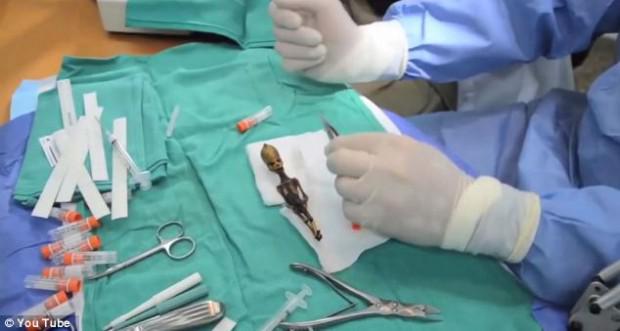
According to the Chilean newspaper, the skeleton found a man named Oscar Munoz October 19, 2003. The man was looking for objects of historical value in La Noria, a ghost town in the Atacama Desert. Next to a disused church Muñoz, he found a white cloth, which, according to the newspaper, was wrapped "strange skeleton of no more than 15 centimeters." His body was covered with scales dark. Unlike humans, he had nine reber.
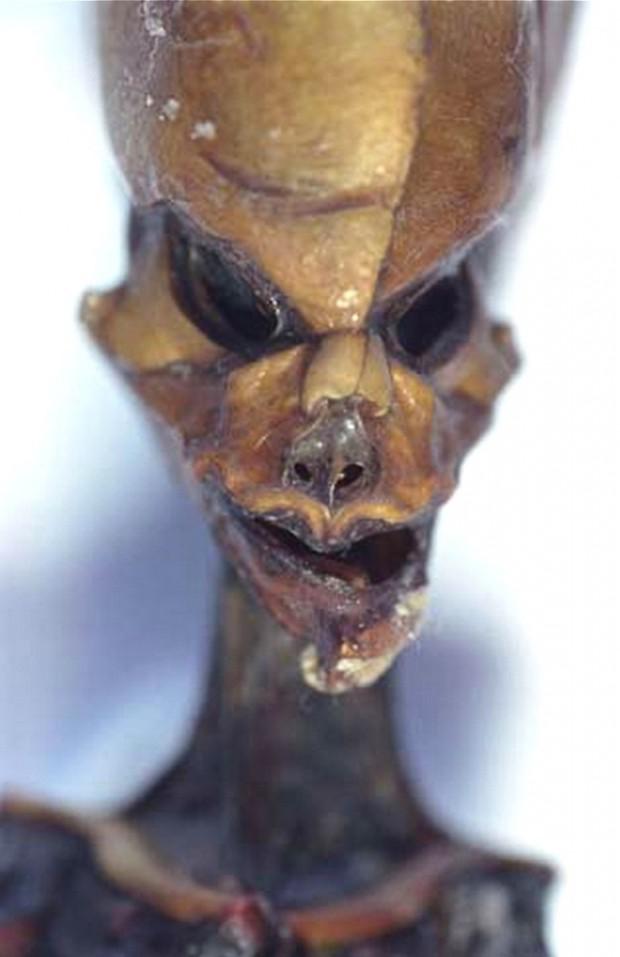
"After six months of research by leading scientists at Stanford University, Atacama skeleton remains a mystery. We went to Barcelona at the end of September 2012, to get a detailed X-ray images and take samples for genetic testing at Stanford University, "- said the doctor and founder of the" Disclosure "Dr. Steven Grir.
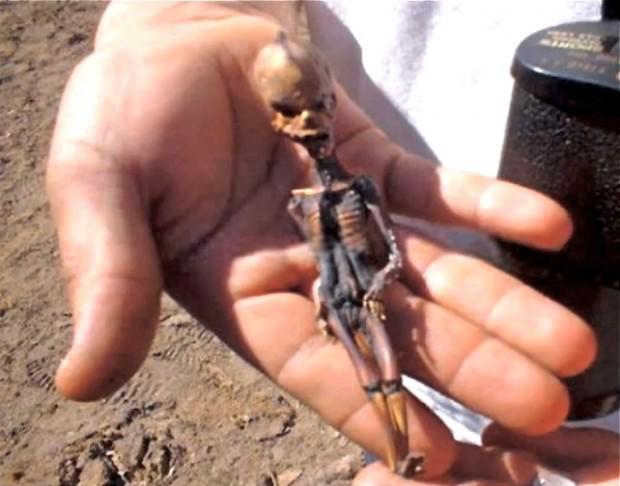
In a new documentary about the authors rasckazhut test results of a DNA sample from the bone marrow. DNA tests conducted by scientists at a prestigious American university. The researchers concluded that it is "interesting mutation of a man who died at the age of six to eight years. I can say with full confidence that it is not a monkey. This man, at least, he is closer to man than to the chimpanzee ", - said Garry Nolan, Head of Stem Cell Biology at Stanford University.
Source: mirfactov.com/






